Pokémon Go’s Solstice Horizons event is here, which means players around the world are going to see entirely different worlds in the game depending on when they play. And don’t forget there are new Research tasks and rewards to complete no matter the time of day.
OK, that might be a bit of an overstatement, but different Pokémon will spawn during the day than at night while this event is live from June 16 to 25. These rotating spawns include Hisuian Sneasel and Sewaddle during the day and Sneasel and Phantump at night. Certain Pokémon like Fomantis will appear during both periods of the day.
Players will get double Stardust for catching Pokémon and see Lunatone and Solrock spawning around the world throughout the event. This is also the first big event Niantic is tying into the new Pokémon Go Web Store, releasing a special Solstice Box early there before it is added to the in-game shop.
For anyone who wants a little bit extra out of Solistice Horizons, the Starry Skies Special Research story is available to purchase for $5.
This will give players a chance to catch another Cosmog, the first time this has happened since the Pokémon was introduced through Special Research last September. You can also complete it at any time if you choose to purchase it.
Here are all of the research tasks and rewards you will see along the way.
All Starry Skies Special Research tasks and rewards in Pokémon Go’s Solstice Horizons event
Starry Skies page one
- Explore two kilometers
- Solosis encounter
- Catch two Psychic-type Pokémon
- Abra encounter
- Catch 10 different species of Pokémon
- Gothita encounter
Total reward: Wobbuffet encounter, five Razz Berries, and seven Stardust
Branched Choice: Daytime or Nighttime
Because this is a paid Special Research story for an event that focuses on two separate spawn cycles, players will get to pick their preferred time of day as a branched path once they complete the first page of Starry Skies research.
This choice really doesn’t impact much of anything, only altering a few of the research tasks you will have to complete. The daytime option focuses more on exploration while the nighttime path has catching and raid challenges.
Here are all the differences.
Starry Skies: Research Daytime Pokémon page two
- Catch 20 Grass or Bug-type Pokémon
- 10 Poké Balls
- Explore 10 kilometers
- Inkay encounter
- Spin 25 PokéStops
- 10 Pinap Berries
Total reward: Galarian Slowpoke encounter, 15 Poké Balls, and 78 Stardust
Starry Skies: Research Daytime Pokémon page three
- Make 10 Curveball Throws in a row
- 3,000 Stardust
- Catch 50 Pokémon with Weather Boost
- Metang encounter
- Earn 10 Candies walking with your Buddy
- 15 Great Balls
Total reward: Starmie encounter, one Mossy Lure Module, and 789 Stardust
Starry Skies: Research Daytime Pokémon page four
- Hatch five Eggs
- Three Silver Pinap Berries
- Catch 50 Psychic-type Pokémon
- Alakazam encounter
- Earn 7,890 Stardust
- One Star Piece
Total reward: Cosmog encounter, 20 Ultra Balls, and 7,890 Stardust
Starry Skies: Research Nighttime Pokémon page two
- Catch 20 Ghost or Dark-type Pokémon
- 10 Poké Balls
- Taje 29 Snapshots of 20 different wild Pokémon
- Inkay encounter
- Use 30 Berries to help catch Pokémon
- 10 Pinap Berries
Total reward: Galarian Slowpoke encounter, 15 Poké Balls, and 78 Stardust
Starry Skies: Research Nighttime Pokémon page three
- Make five Excellent Throws
- 3,000 Stardust
- Catch 30 different species of Pokémon
- Metang encounter
- Complete 15 Field Research tasks
- 15 Great Balls
Total reward: Starmie encounter, one Glacial Lure Module, and 789 Stardust
Starry Skies: Research Nighttime Pokémon page four
- Win five Raids
- Three Silver Pinap Berries
- Catch 50 Psychic-type Pokémon
- Alakazam encounter
- Earn 7,890 Stardust
- One Star Piece
Total reward: Cosmog encounter, 20 Ultra Balls, and 7,890 Stardust
All Solstice Horizons event Field Research tasks and rewards in Pokémon Go
- Catch five Grass or Bug-type Pokémon
- 500 Stardust
- Catch five Ghost or Dark-type Pokémon
- 500 Stardust
- Catch 10 Pokémon
- Fomantis encounter


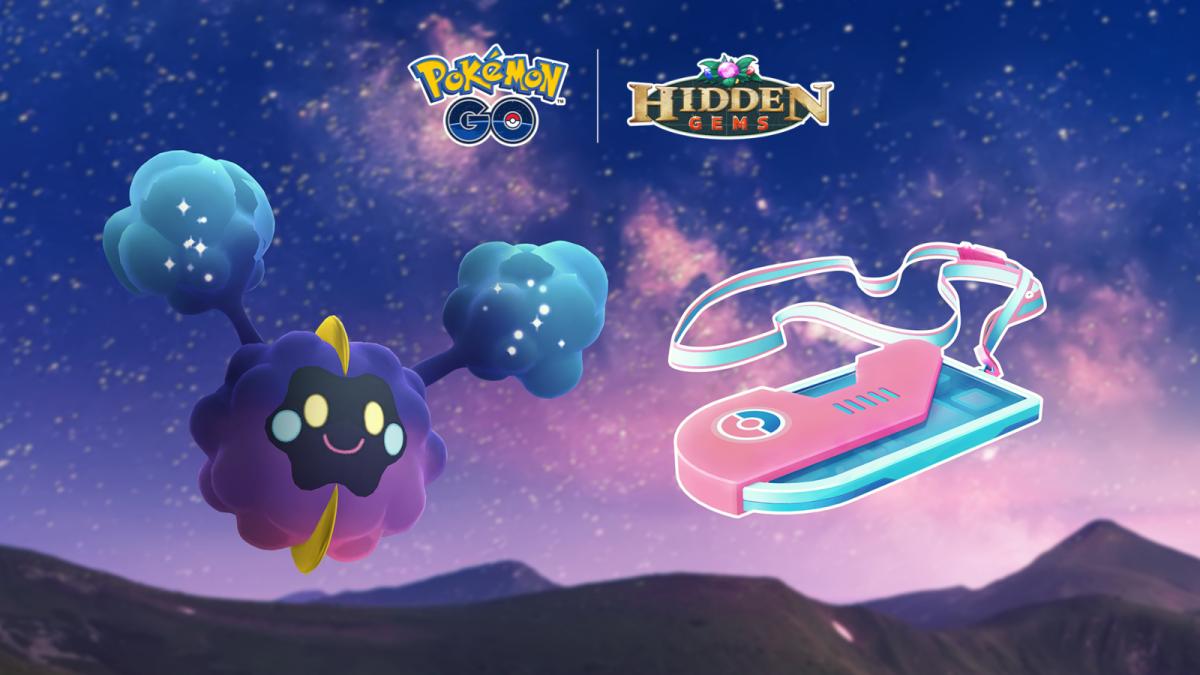
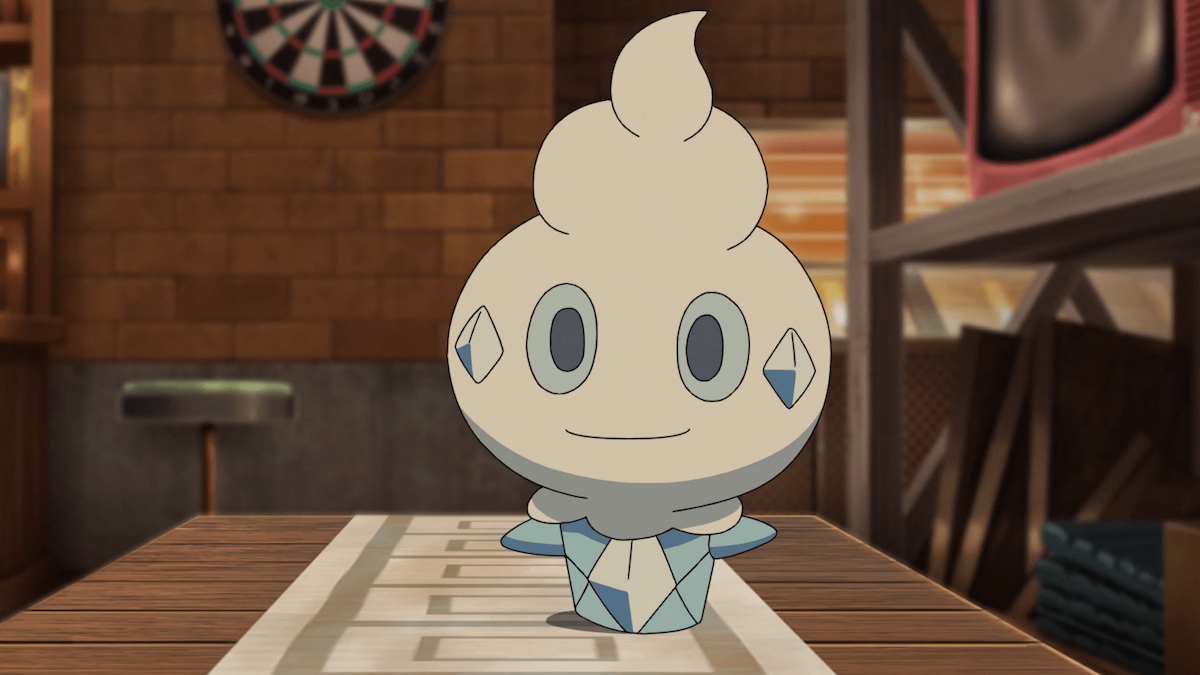
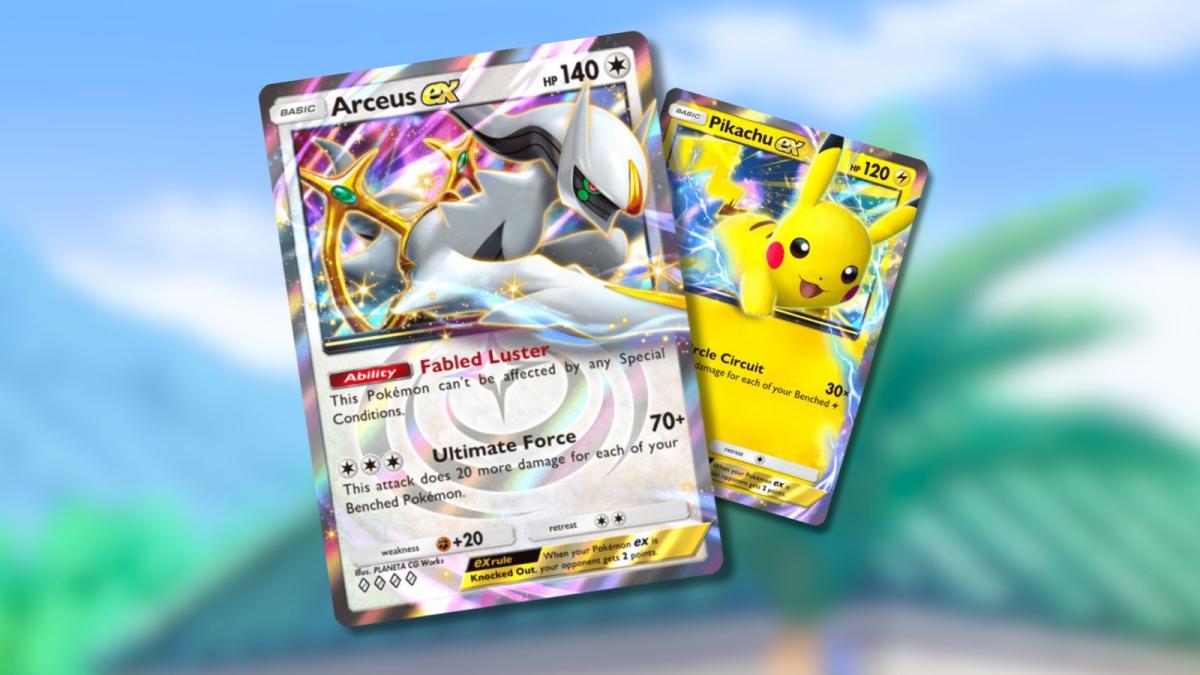
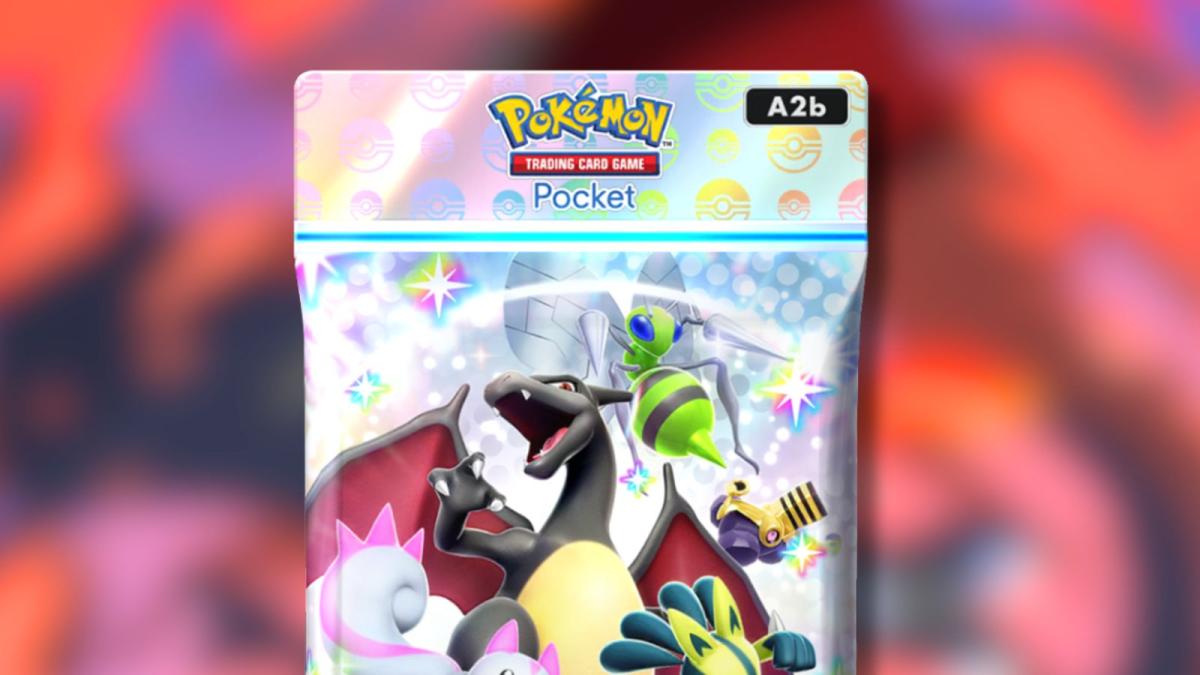
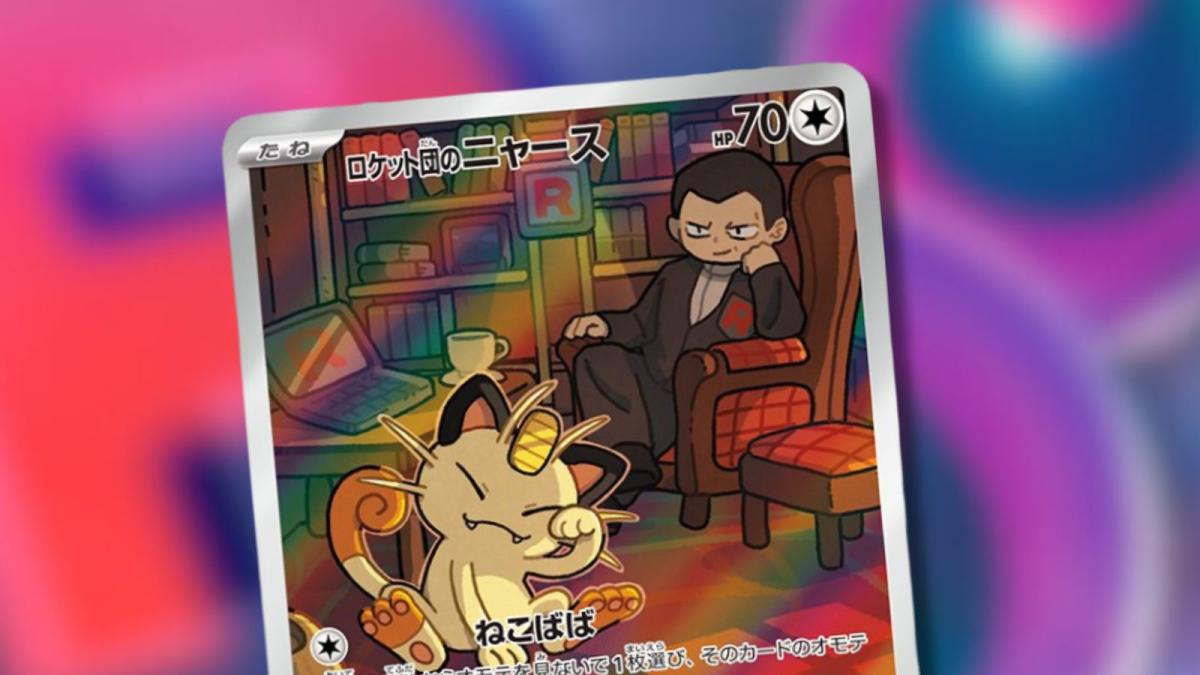
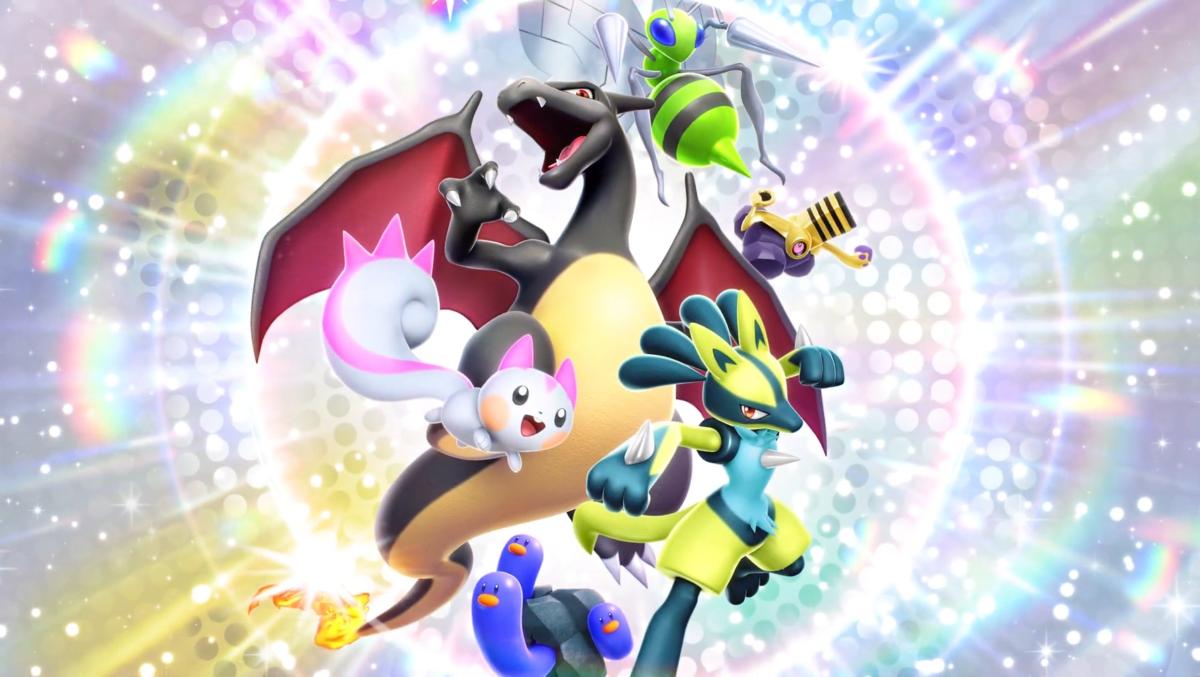

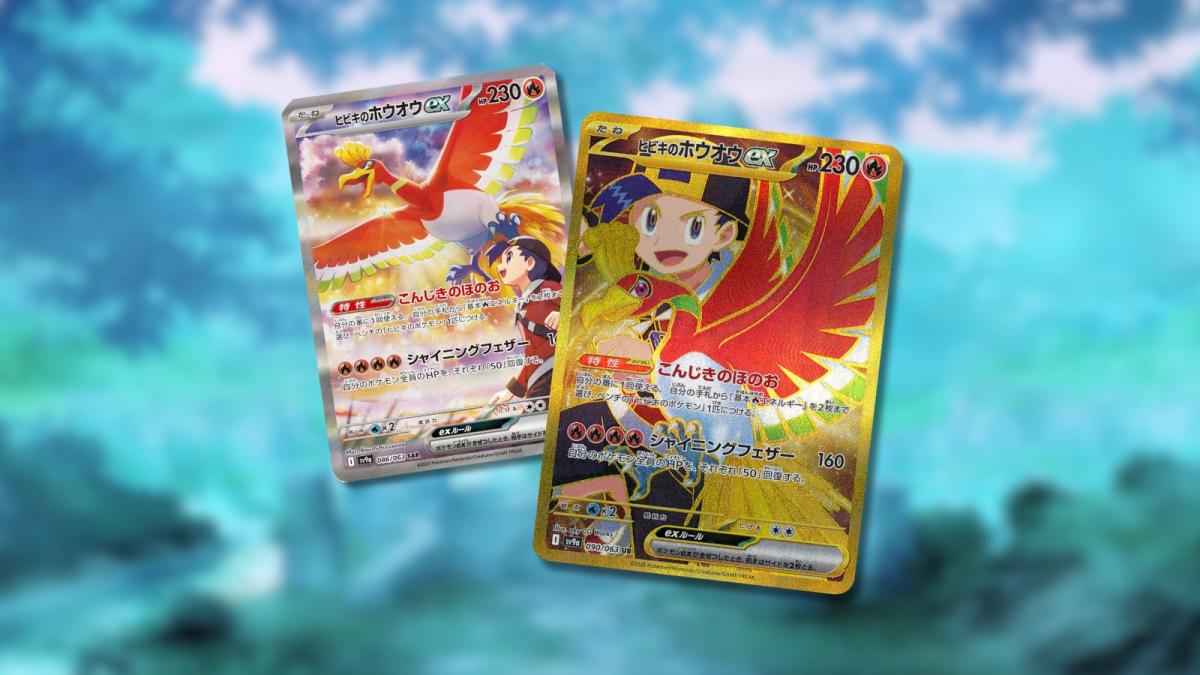
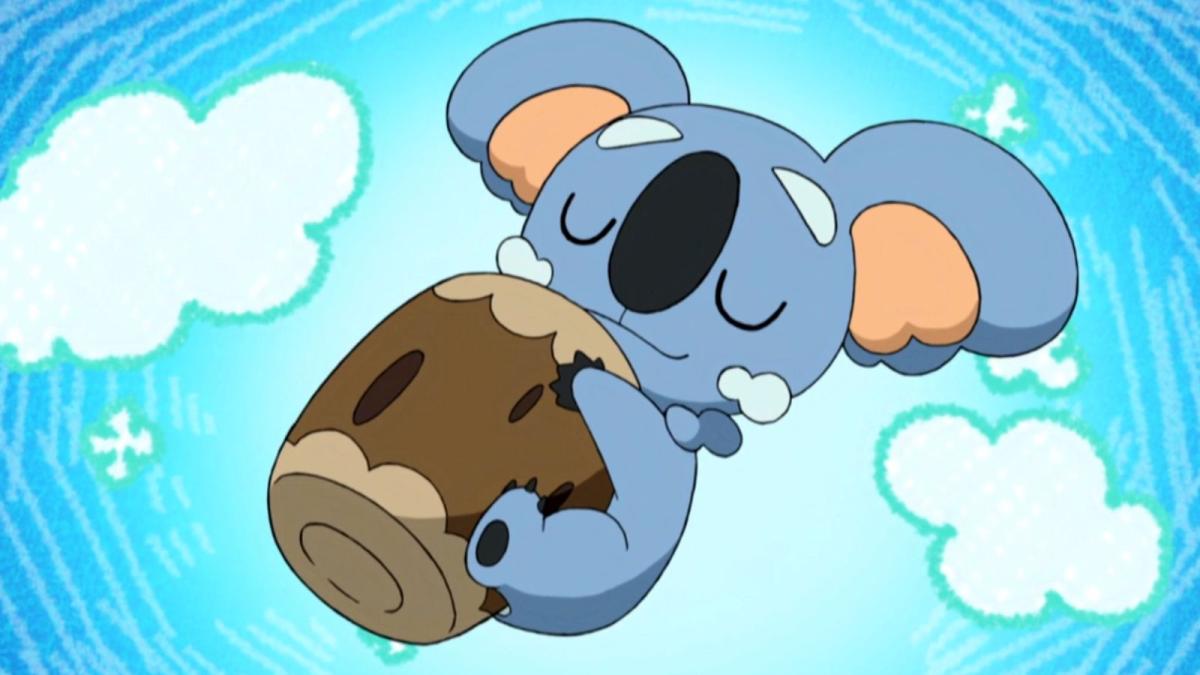


Published: Jun 15, 2023 09:46 pm